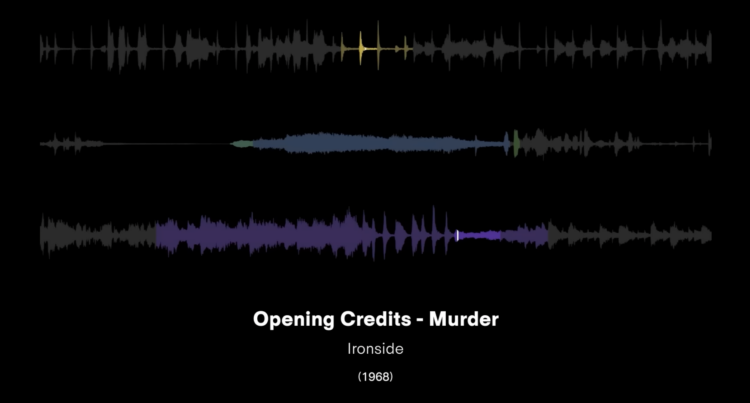Hip-hop music producers often sample from previous works. They remake, restructure, and repurpose the samples to create a new sound. Tracklib broke down iconic hip-hop sampling over the past fifty years, using musical frequency charts to show where the bits of popular songs came from.
Category Archives: sampling
Myth of the impartial machine
In its inaugural issue, Parametric Press describes how bias can easily come about when working with data:
Even big data are susceptible to non-sampling errors. A study by researchers at Google found that the United States (which accounts for 4% of the world population) contributed over 45% of the data for ImageNet, a database of more than 14 million labelled images. Meanwhile, China and India combined contribute just 3% of images, despite accounting for over 36% of the world population. As a result of this skewed data distribution, image classification algorithms that use the ImageNet database would often correctly label an image of a traditional US bride with words like “bride” and “wedding” but label an image of an Indian bride with words like “costume”.
Click through to check out the interactives that serve as learning aids. The other essays in this first issue are also worth a look.
Tags: bias, machine learning, modeling, sampling
Posted by in Bias, machine learning, Modeling, sampling, statistics
In “My Virtual Dream”, art and science unite in unique study of neurofeedback
In 2013, art and science merged like never before at Toronto’s Nuit Blanche art festival when guests were given the opportunity to participate in an scientific experiment investigating neurofeedback. Following the initial success of the “My Virtual Dream” project, plans are being … Continue reading
The post In “My Virtual Dream”, art and science unite in unique study of neurofeedback appeared first on PLOS Blogs Network.
Fake correlation
Gabriel Rossman, a sociology professor at UCLA, describes colliders — or when correlation does not equal causation and the former might not even exist either. Referring to the simulated plot above, Rossman uses Hollywood actor selection as an example:
For instance, suppose that in a population of aspiring Hollywood actors there is no correlation between acting ability and physical attractiveness. However assume that we generally pay a lot more attention to celebrities than to some kid who is waiting tables while going on auditions. That is, we can not readily observe people who aspire to be actors, but only those who actually are actors. This implies that we need to understand the selection process by which people get cast into films. In the computer simulation displayed below I generated a population of aspiring actors characterized by "body" and "mind," each of which follows a normal distribution and with these two traits being completely orthogonal to one another. Then imagine that casting directors jointly maximize talent and looks so only the aspiring actors with the highest sum for these two traits actually get work in Hollywood. I have drawn the working actors as triangles and the failed aspirants as hollow circles. Among those actors we can readily observe there then will be a negative correlation between looks and talent, even though there is no such correlation in the grand population. If we see only the working actors without understanding the censorship process we might think that there is some stupefaction of being ridiculously good-looking.
Tags: correlation, sampling
Posted by in correlation, sampling, statistics


